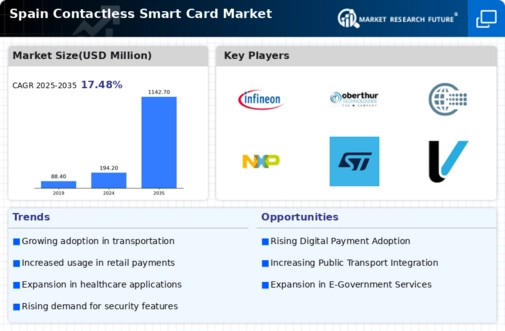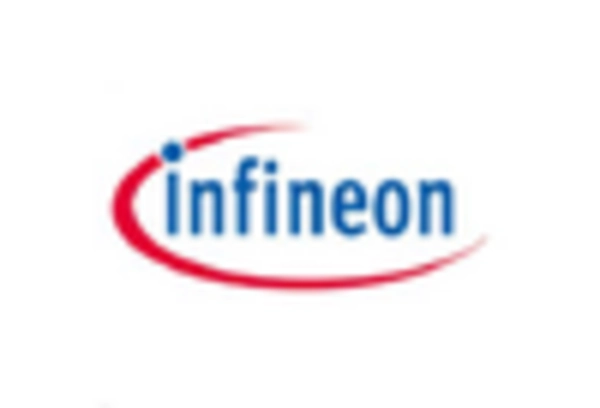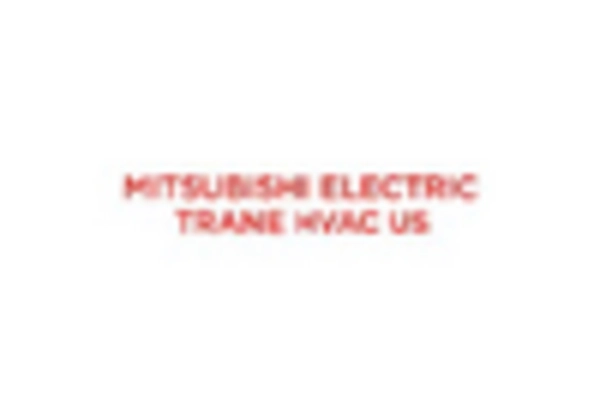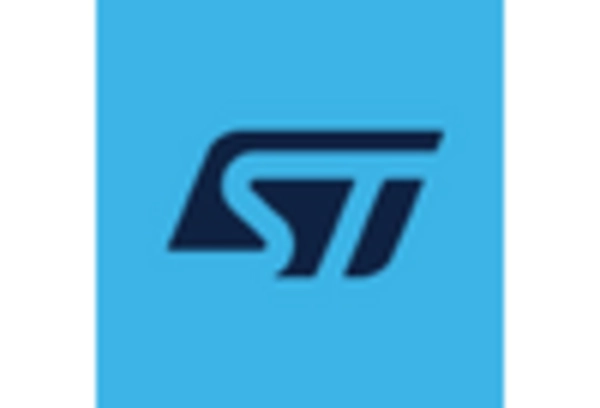Increased Focus on Health and Hygiene
In the context of the contactless smart-card market, there is a notable emphasis on health and hygiene among consumers in Spain. The preference for contactless payments is partly driven by the desire to minimize physical contact during transactions. This trend is particularly relevant in sectors such as retail and public transportation, where contactless cards facilitate safer interactions. As of November 2025, approximately 45% of consumers in Spain express a preference for contactless payment methods due to hygiene concerns. This shift not only enhances consumer confidence but also encourages businesses to adopt contactless solutions, thereby propelling the growth of the contactless smart-card market.
Rising Demand for Secure Transactions
The contactless smart-card market in Spain is witnessing a growing demand for secure transaction methods. As consumers become increasingly aware of cybersecurity threats, there is a heightened focus on payment solutions that offer robust security features. Contactless smart cards, equipped with advanced encryption and tokenization technologies, are perceived as safer alternatives to traditional payment methods. In 2025, it is estimated that 70% of consumers in Spain prioritize security when choosing payment options. This trend is likely to drive the adoption of contactless smart cards, as both consumers and businesses seek to mitigate risks associated with financial transactions.
Expansion of E-commerce and Digital Services
The contactless smart-card market in Spain is benefiting from the rapid expansion of e-commerce and digital services. As online shopping continues to gain traction, consumers are increasingly seeking secure and efficient payment methods. In 2025, it is projected that e-commerce sales in Spain will reach €50 billion, with a significant portion of transactions being conducted via contactless smart cards. This trend is indicative of a broader shift towards digitalization, where consumers prioritize convenience and security in their payment choices. Consequently, the contactless smart-card market is likely to see substantial growth as businesses adapt to the evolving landscape of consumer preferences.
Technological Advancements in Payment Systems
The contactless smart-card market in Spain is experiencing a surge due to rapid technological advancements in payment systems. Innovations such as Near Field Communication (NFC) and Radio Frequency Identification (RFID) are enhancing the efficiency and convenience of transactions. In 2025, it is estimated that over 60% of all card transactions in Spain will be contactless, reflecting a growing consumer preference for speed and ease. This shift is further supported by the increasing integration of contactless technology in mobile devices, allowing users to make payments seamlessly. As businesses and consumers alike embrace these technologies, the contactless smart-card market is likely to expand significantly, driven by the demand for modern payment solutions.
Government Support for Digital Payment Solutions
Government initiatives in Spain are playing a crucial role in promoting the adoption of digital payment solutions, including contactless smart cards. Policies aimed at enhancing financial inclusion and modernizing payment infrastructure are likely to drive market growth. For instance, the Spanish government has introduced measures to incentivize businesses to adopt contactless payment systems, which could lead to a projected increase of 30% in contactless transactions by 2026. This supportive regulatory environment not only fosters innovation but also encourages consumer trust in contactless payment methods, thereby bolstering the contactless smart-card market.
















Leave a Comment